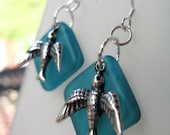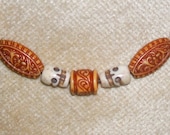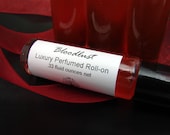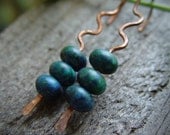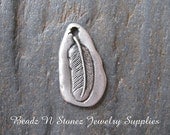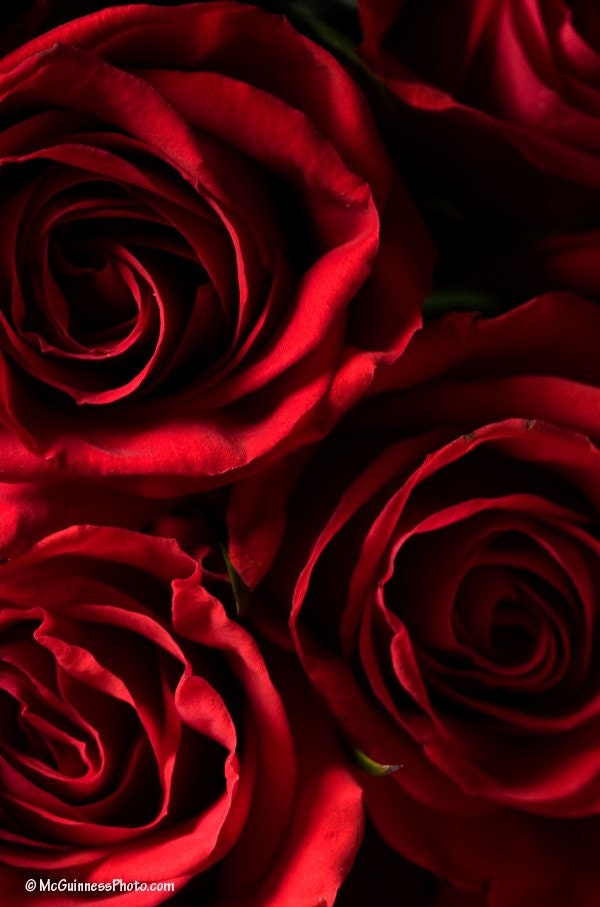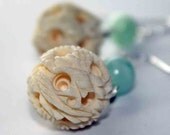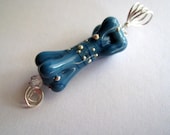Yesterday, March 15th was Buzzard's Day !
A Buzzard by Any Other Name…
... is Still an Interesting Bird
written by Corinna of thefrogbag

I still remember a discussion my mother had with an acquaintance when I was about ten years old. The woman was going on and on, describing “buzzards” that sat on the roof of the place she worked. “Harbingers of death” she called them, and “bad luck”. My mother politely asked what made the woman think so. “It’s obvious,” she replied. “They eat dead things. They can’t be good luck!” My mother said that yes, the birds did have bad luck… caused by the woman’s place of employment. It seems that she worked in a new building which had been erected in what had recently been a cow pasture ringed with trees. The poor birds had once rested there... now they had nowhere to go but the roof of the building.
I don’t recall whether the woman thanked my mother for her insight or left in a huff, but I do know that wasn’t the last time that I heard misinformation about buzzards. It turns out that even the name is wrong. What I called a “buzzard” as a kid in Florida is really a turkey vulture.

Vultures were once thought to be related to hawks, but recent DNA evidence has shown that they are actually descended from the same lineage as storks and ibises. Real buzzards, on the other hand, are members of the hawk family. Turkey vultures probably received their incorrect nickname from early British settlers. There aren’t any vultures in England at all, so anything soaring high above them was referred to as a “buzzard”.... the name stuck so “buzzard” it is to many folks.
Lots of people consider turkey vultures to be disgusting creatures, the lowest of the low, because they feed off dead things they didn’t even have the skill to kill. The fact is that they're no more “dirty” than any other animal, and have several adaptations to prove it... for example, their bald heads are perfect for sticking into the abdominal cavities of dead things. If covered with feathers they would quickly become soiled and breed bacteria. Of course, sometimes they do get bits of meat stuck to their faces or bodies, but they have a behavior to cope with this: the “horaltic pose”, the typical, spread-winged stance which is familiar to any bird watcher. It not only heats the bird’s body, but bakes off bacteria too. Not a bad deal really... :)

I'm not saying that “buzzards” don’t have some rather anti-social habits. Perhaps the most famous is the ease with which they regurgitate. They are generally gentle, easy-going birds, but when threatened they will choke up a nasty bit of foul-smelling, half-digested meat. This usually deters predators, especially since the rancid stuff stings. If the bird is attacked at the scene of a meal before it’s had the chance to digest it will still throw up, but in this case the predator will usually go after the free meat instead of chasing its source.
Another odd habit is the act of pooping on their legs... but like the vomiting, this serves a useful purpose: for cooling down during the summer heat, and bacterial abatement year-round. Recent studies have shown that vulture poops contains strongly acidic digestive enzymes which effectively sterilize the bird. Wow... maybe they are clean freaks after all!

“Buzzard” numbers, unlike many other types of migratory birds, seem to be increasing. This is a very good thing, since they do us a great service by cleaning up road kill and other icky things. They eat a good deal of plant material too, up to and including pumpkins.
They are also very good parents. They nest in caves, barns, and abandoned sheds, splitting the parenting duties equally between mates. They are so attentive that they can only raise one brood a year, usually consisting of just two chicks.

As described in Vulture Saves the World: "In the earliest of times, the sun lived so close to the earth that life was becoming unbearable. The animals gathered to see what could be done, and they agreed to try to move the sun. Fox tried to pull the sun away with his mouth, but it became too hot and he had to stop. To this day, the inside of fox's mouth is still black from being burned by the sun. Opossum wrapped his tail around the sun and began to run, but he too had to stop, for the sun was too hot. To this day, opossum's tail is still bald from being burned by the sun. Vulture, the most powerful and beautiful of birds, knew the earth would soon burn up if he didn't act. He bravely placed his head against the sun and flew high into the heavens. He could feel his crown of feathers burning, but he never stopped until the sun was far away and the earth was safe. This is how vulture saved the world and lost his magnificent feathers for eternity."**
** This is kskJewelryDesigns's own retelling of one Native American myth about the vulture. It's hidden somewhere amongst my books, so this is partly from memory, refreshed online thanks to Paul Frost.


























